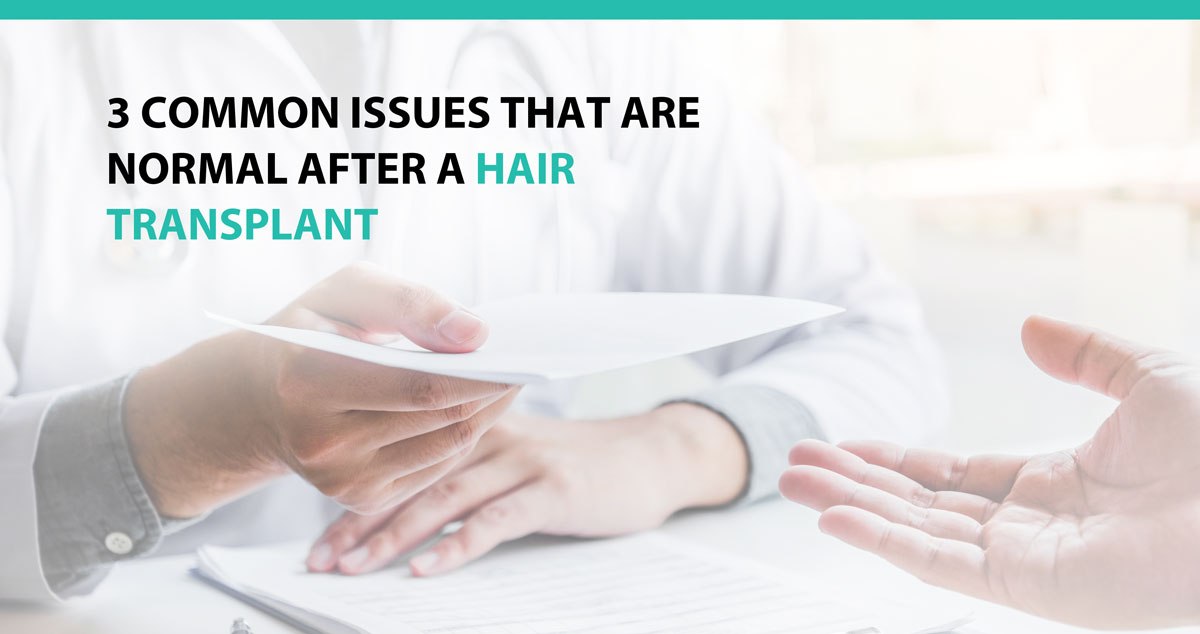
A successful hair transplant doesn’t end with surgery. The process includes following the recommended follow-up care guidelines. However, you might experience some seemingly worrying side effects after the hair restoration that are common and harmless. Dr. Joseph Williams is not only skillful with high-quality procedures but also offers assistance throughout the healing process. Even though the following issues might cause panic, they’re ordinary occurrences after hair surgery:
- Scabs
The graft site tends to form scabs within 24 to 72 hours of a hair transplant. There are two major causes of this development. The first is liquid buildup due to the several punctures on the scalp while implanting grafts. Swelling may also result in edema, which causes yellowish fluid to appear.
The second cause of scabs is blood stains that occur due to graft harvesting. They’ll usually turn into scabs within ten days. This condition is a frequent side effect of hair transplant surgery. Scabs ordinarily take three to ten days to fall off. Dr. Williams advises against scratching or picking them to avoid infection and graft damage.
Instead, gently clean your scalp with medicated shampoo, then rinse with warm water. Repeat this process daily until the scabs disappear. If you don’t remove the crusts, they’ll block your scalp’s pores and interrupt your skin’s breathing patterns.
Scabs may also appear on the donor area, so it’s advisable to give special attention to it as well. If the condition persists up to two weeks after surgery, it could mean you’re shampooing too gently. You can always make a follow-up appointment with Dr. Williams to assess the healing process.
- Hair shedding
You’re almost guaranteed to lose some of the transplanted hair a few days or weeks after the procedure. There should be no cause for alarm if you’re following post-op care instructions. Hair shedding causes more than 90% of the grafts to fall following surgery.
While it seems counterproductive, this process is necessary for hair follicle regeneration. Your hairs might initially appear lighter in color. They’ll grow thicker and acquire a richer tone about a year after restoration.
Other than hair shedding, there’s another less common condition known as shock loss. It’s the sudden loss of hair in the donor or recipient area. It’s likely to occur about four to eight weeks after surgery, although in some cases, it happens earlier.
While shock loss can be a distressing development, it’s temporary. It’s a natural reaction to surgery by a part of your scalp. Dr. Williams takes extreme care to minimize the likelihood.
- Pimples
Scalp pimples are known medically as folliculitis, an inflammation of the area around hair follicles. Their appearance might make you assume they’re complications, but they’re a sign that hair is growing under the scalp. The hair might fall off once the pimples rupture, which is another standard occurrence.
However, this hair loss isn’t permanent. The follicles will start regrowing within three to four months. Scalp pimples begin growing about two weeks after surgery. They usually occur when hair graft implants grow inwards, which causes inflammation.
Dr. Williams provides various solutions to make this condition as painless as possible. They include pre and post-surgery medication, as well as medicated ointments and shampoos. He also gives you tips on how to wash and style your hair during the recovery period.
Folliculitis does not appear on every patient and doesn’t affect the outcome of a hair transplant procedure.
Visit Advanced Medical Hair Institute for Quality Hair Restoration
The Advanced Medical Hair Institute is your go-to practice for all types of hair problems. Our capable lead surgeon, Dr. Joseph Williams, has a wealth of experience in this field. His top-notch, customizable treatment plans utilize the latest industry technology. Please schedule an appointment today for a comprehensive evaluation.










